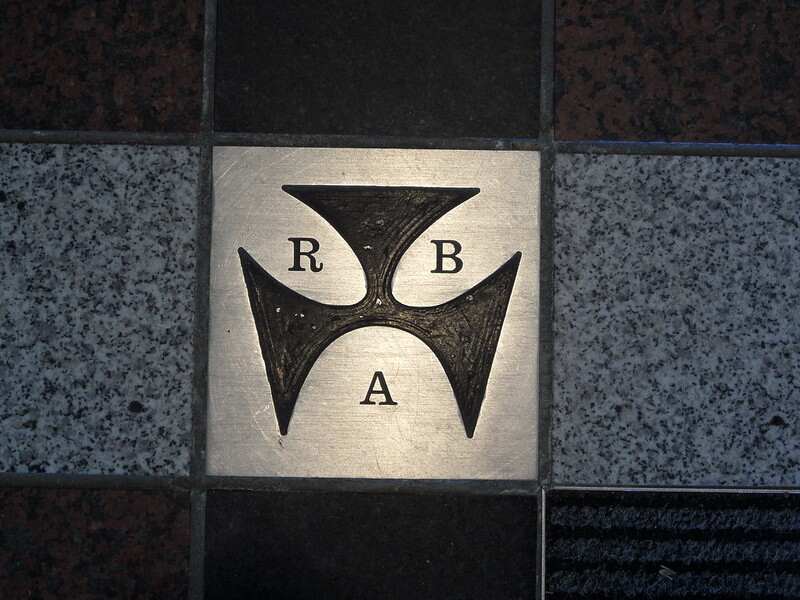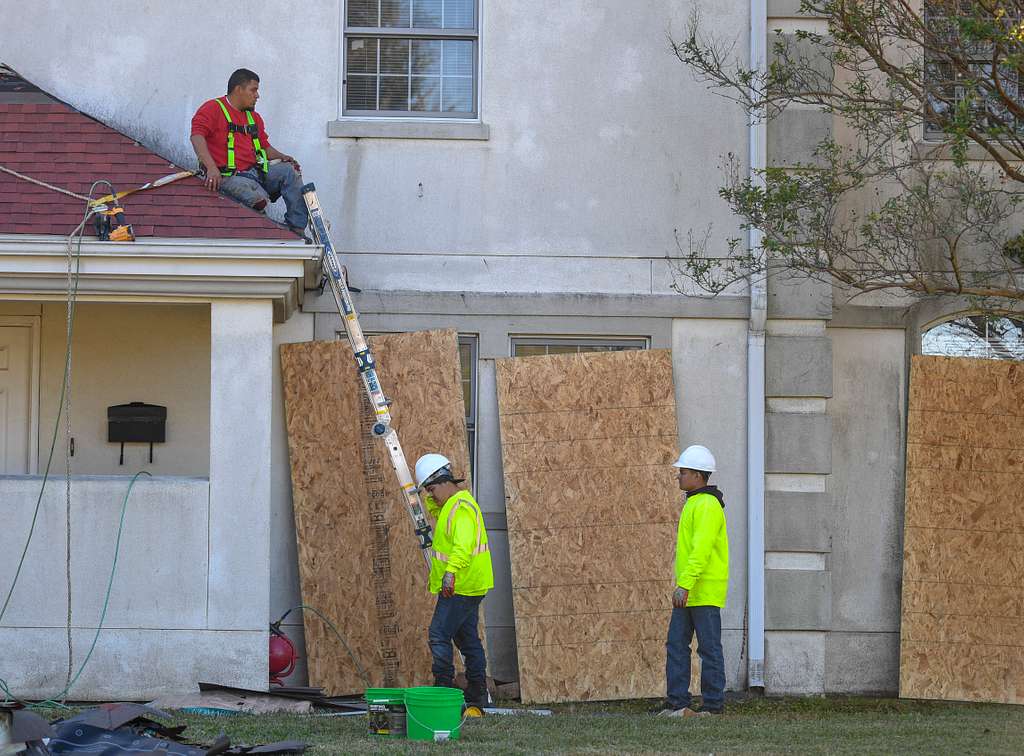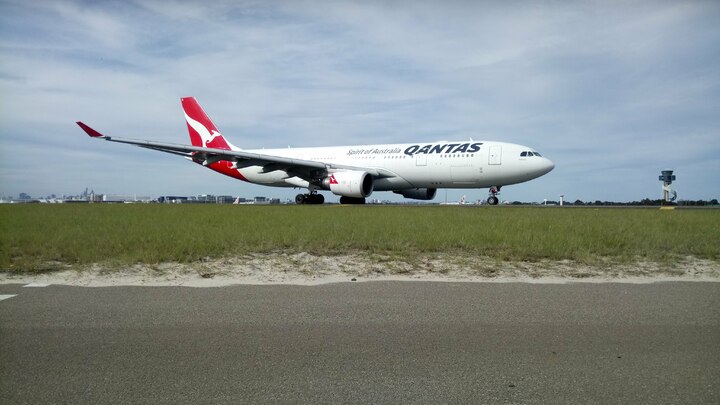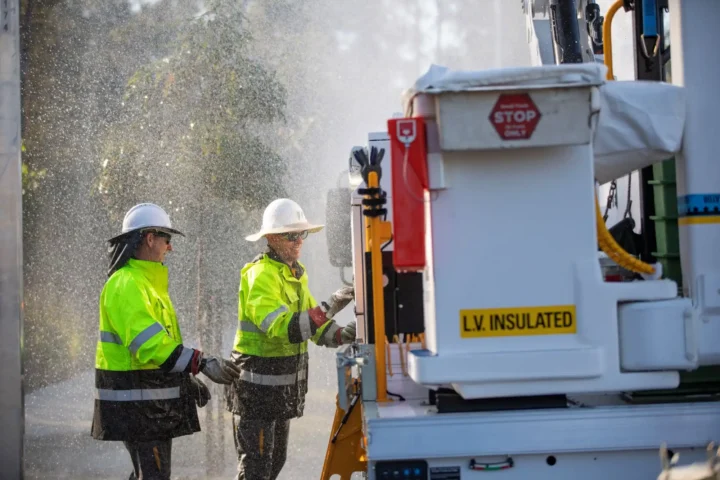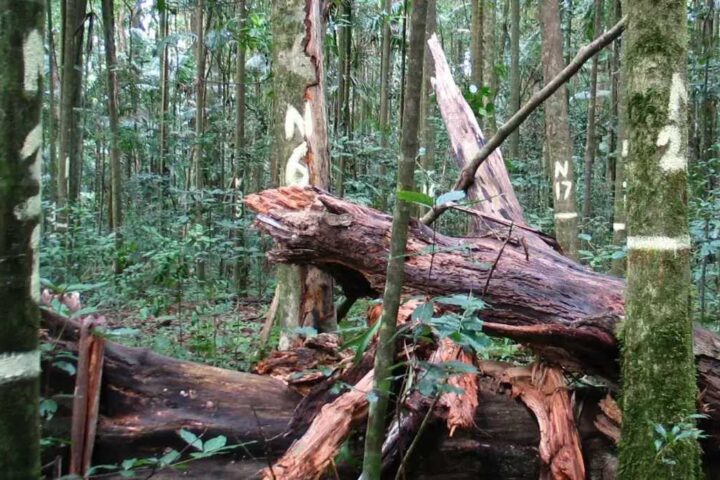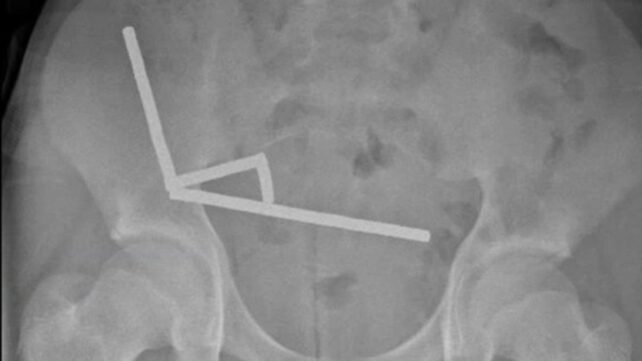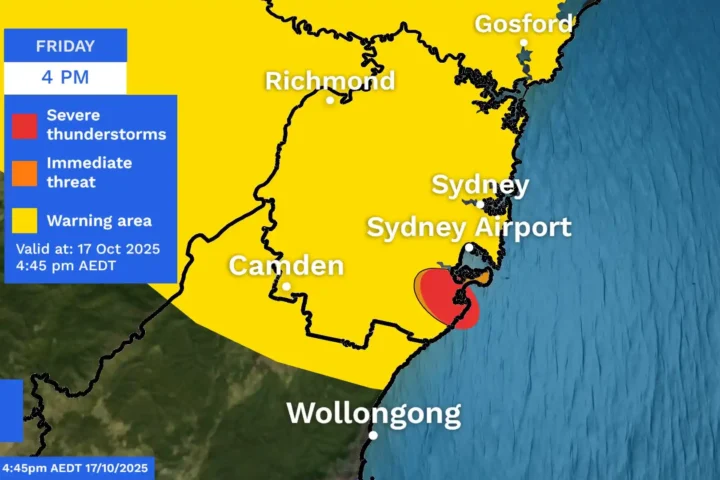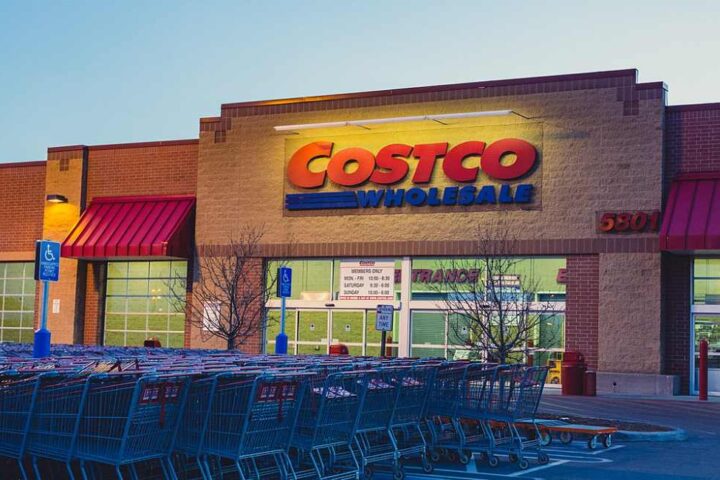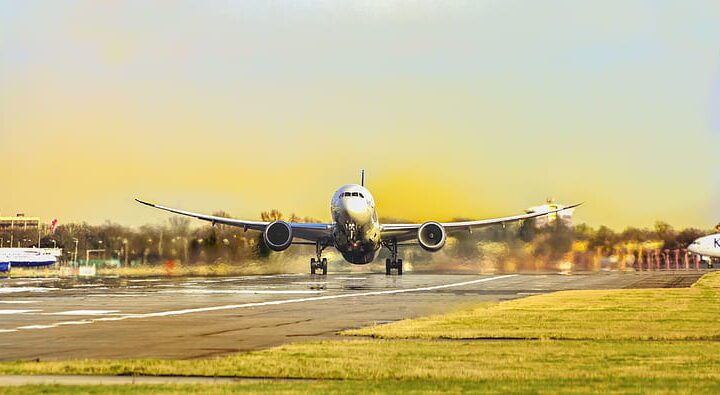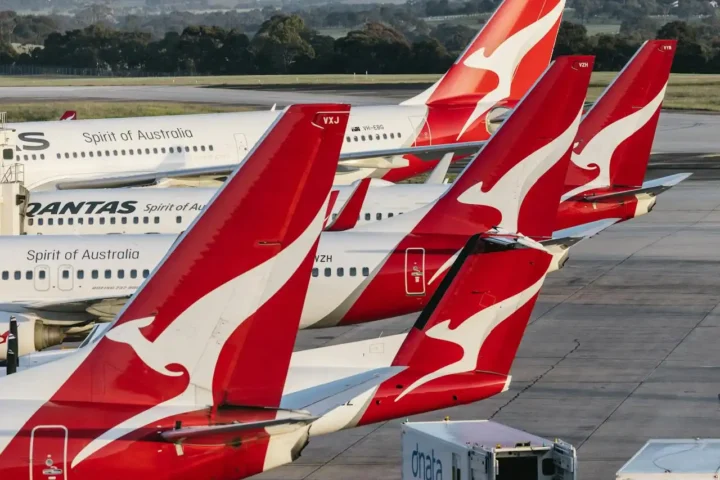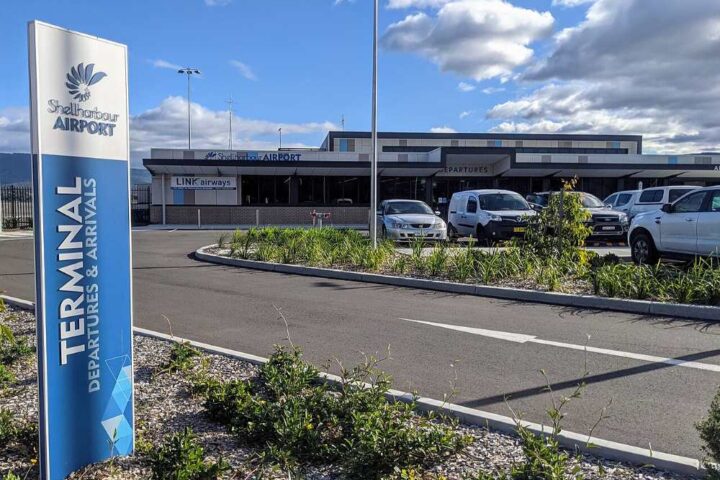Australia’s inflation rate has fallen sharply, boosting expectations for another interest rate cut by the Reserve Bank of Australia (RBA) next month. The monthly consumer price index (CPI) dropped to 2.1% in the year to May, down from 2.4% in April, according to data released by the Australian Bureau of Statistics.
The key measure of underlying inflation – the trimmed mean – decreased to 2.4% from 2.8%, reaching its lowest level since November 2021. This places inflation comfortably within the RBA’s target range of 2-3%, strengthening the case for further monetary easing.
Market expectations for a July rate cut have soared since the data release, with trading in overnight index swaps now implying a 94% probability of a 25 basis point reduction on July 8. This would mark the third cut in 2025, following reductions in February and May that brought the cash rate to its current level of 3.85%.
“We are convinced that the RBA needs to cut in July to safeguard growth as inflation is clearly out of their way now,” said Krishna Bhimavarapu, economist at State Street Global Advisors.
Commonwealth Bank, Australia’s largest mortgage lender, has shifted its forecast for the next rate cut from August to July. “The decision to cut the cash rate in July will still be a close one,” said CBA senior economist Belinda Allen, noting there will likely be discussion of both holding and cutting rates at the meeting.
Several major banks have adjusted their rate forecasts following the inflation data. Deutsche Bank now expects cuts in July, August and November, reaching a terminal rate of 3.1% by year-end. Meanwhile, AMP economists anticipate cuts in July, August and November before another reduction in February 2026.
Food and non-alcoholic beverages remained the largest contributor to annual inflation at 2.9%, though this was down from 3.1% in April. Fruit and vegetable price growth cooled significantly to 2.8% from 6.1% a month earlier, with some fruits actually falling in price.
Similar Posts
Housing costs rose by 2% year-on-year, with rental price growth moderating to 4.5% from 5% in April. The ABS noted this is the lowest annual growth in rental prices since December 2022, reflecting “smaller increases in advertised rents and stable vacancy rates across most capital cities.”
Electricity prices fell 5.9% over the year due to government rebates, though the ABS highlighted that without these subsidies, electricity prices would have risen by 2%.
Treasurer Jim Chalmers welcomed the data, saying Australia has made “a hell of a lot of progress” on inflation. “I’m reluctant to say it’s mission accomplished but we are certainly making more progress than what we expected,” he said.
The RBA’s May Statement on Monetary Policy noted that inflation is now within the target range as higher interest rates have slowed demand in parts of the economy. The statement highlighted that Australians are being “cautious in their spending” and projected that inflation would settle around the middle of the 2-3% target range.
While the path seems clear for a July cut, the RBA remains wary of global economic uncertainty. In its May policy statement, the central bank noted that “uncertainty in the world economy has increased” and “volatility in financial markets rose sharply for a time.”

The RBA’s next board meeting on July 7-8 will be closely watched, with the decision announcement set for July 8. The quarterly inflation report due in late July will provide more comprehensive data that could influence further rate decisions.
For Australian homeowners, the prospect of additional rate cuts offers the promise of mortgage relief after years of elevated borrowing costs. However, economists warn that lower interest rates could reignite property price growth, potentially offsetting affordability benefits for first-time buyers.
